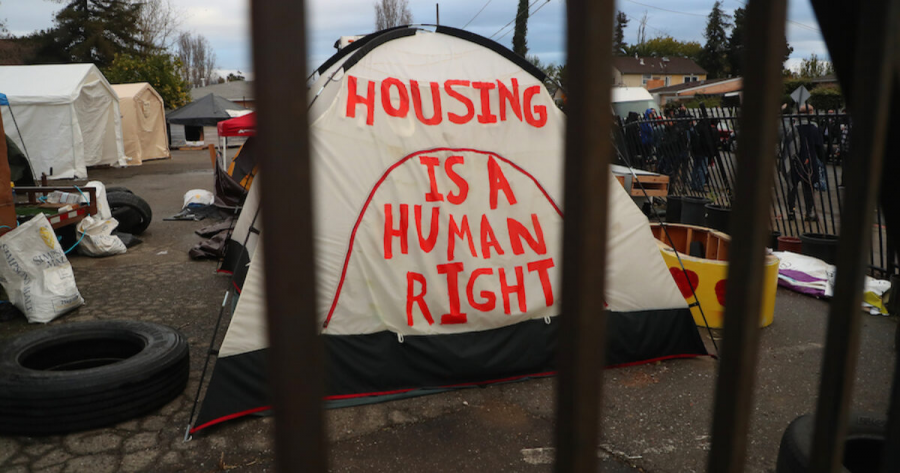California’s Housing Crisis: Poor planning and Prop 13 to blame for widening housing disparities
California, although boasting the largest economy in the country, is the main scene of one of the largest inequities in the United States: the housing crisis. California now makes up only about 13% of the nation but has over ¼ of the national homeless population, with more than 151,000 homeless individuals in the state. The housing crisis has been a slow-boiling issue, and exacerbated over time by poor city planning and infrastructure development; undoing the unforeseen consequences of Prop 13, as well as addressing the opposing interests of the state, will be some of the first steps required to solve it.
According to a poll by the Public Policy Institute of California, more Californians than ever before consider homelessness and the lack of affordable housing to be the most important issues facing the state. Both of these concerns stem from rising housing costs, a result of the severe shortage of available housing that has skyrocketed the median state price for a house to over $600,000.
Governor Newsom’s administration has a lofty goal: to build almost 4 million new homes by 2025. However, despite the introduction of legislation to encourage housing construction, economists estimate that it is unlikely California will reach this goal even by 2050.
Major hurdles stand in the way of new constructions, the largest being the lack of local support for new infrastructure projects. Local city and county governments are unwilling to invest in strategic housing, known as “higher-density development” that is more sustainable and can provide more affordable housing. Cities often want to keep their open community atmosphere and “small-town” feel, and most residents are also opposed to new construction projects. Because of public campaigns such as the “Not in My Backyard” or NIMBY movement, led by locals who fear that affordable housing will increase crime rates and put strain on local schools, plans for conversion of unused land are often rejected by local governments.
Additionally, Proposition 13, a bill passed in 1978 that restricted property tax hikes for homeowners, has had significant repercussions on the current housing market. The bill has benefitted older generations that purchased homes several decades ago, who now enjoy lower property taxes. However, the bill changed how the government generated money, and has forced cities to rely on other tax sources, primarily sales tax, for a majority of their revenue. This in turn has led to land originally meant for housing often being sacrificed to build hotels, retail stores, and commercial centers that will generate sales tax revenue for cities. This scarcity of available housing is the root of the housing crisis and what makes homes in California so expensive in the first place. While commercial centers do employ more people, the jobs created are insufficient to support the increasing cost of living in California.
Several major technology companies, such as Google and Apple, have put forth millions to address the issue and support affordable housing initiatives. However, these companies are also to blame for the growing issue, by supplying new jobs and attracting workers to California at a faster pace than new housing can be created. As California continues to draw in more skilled workers with college degrees, it has simultaneously expelled low-income and unskilled laborers from the state who are unable to bear the increasing cost of living.
Vying interests by the state have also made it difficult to push forward the agenda on resolving the housing crisis. California’s goals for climate change encourage housing development in urbanized cities that have well-developed public transport systems, in order to make commuting more environmentally friendly and decrease overall carbon emissions. However, it costs more for developers to build here; costs for land and construction are higher in these cities than in rural and less interconnected areas, making all housing, including affordable housing, very expensive. This reveals clear discrepancy: where land is affordable and available, there is no support for housing construction, which hampers expansion into unused land. Resolving the housing shortage requires the opposite approach to the one that California currently employs: building in vacant, underdeveloped areas that can boost production of homes while decreasing costs of construction.
The housing crisis has been slowly growing for over a decade; solutions, too, will take careful planning and patient implementation. After all, houses are built one brick at a time.







